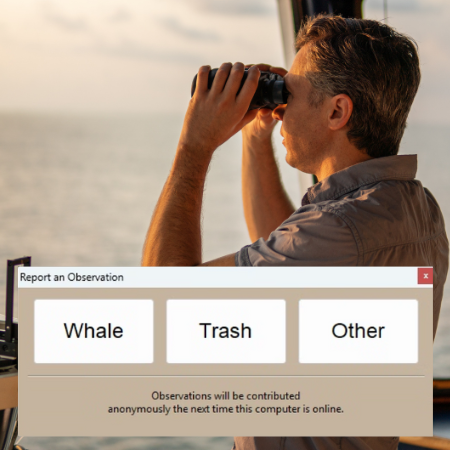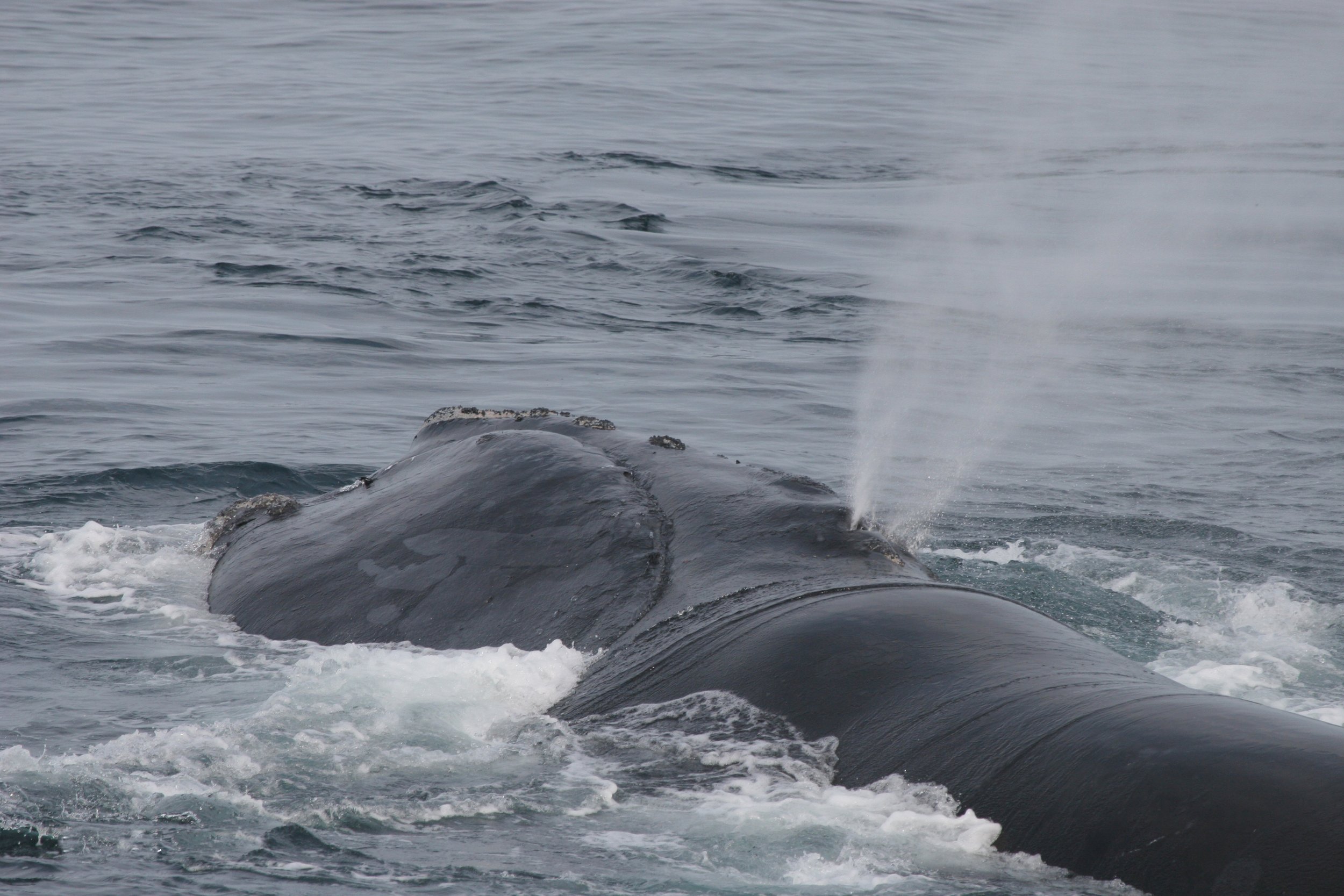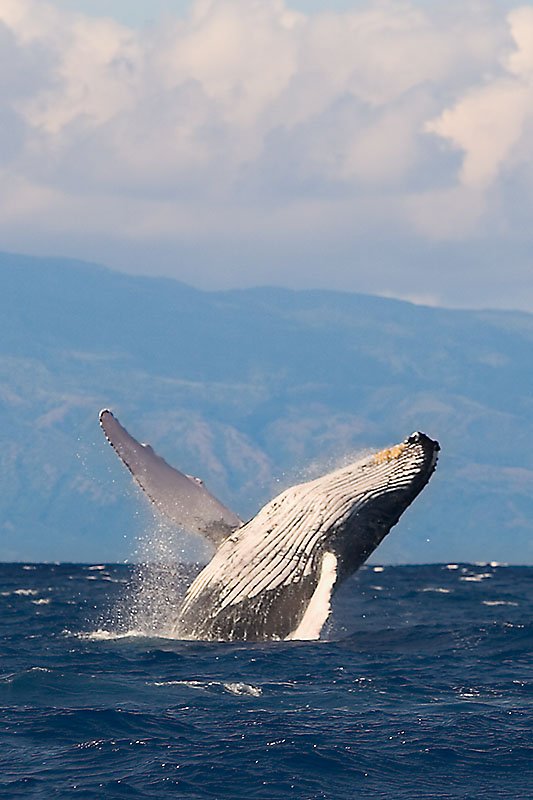
Tech Blog
Search our Tech Blog:

Citizen Science: Contributing Whale and Trash Sightings
Since 2023, FarSounder customers have been engaging in citizen-led science simply by using their Argos Forward Looking Sonar systems and sharing data with very little effort. There are multiple features in which users can participate in global marine initiatives through contributing bathymetric data they collect and reporting whale and trash sightings.

Reducing the Risk of Whale Shipstrikes
NOAA has withdrawn proposed amendments to the North Atlantic Right Whale Vessel Strike Reduction Rule under the Marine Mammal Protection Act. However, this doesn’t mean that the North Atlantic Right Whales are no longer in danger. Existing technologies that are safe for marine life can play a role to reduce risk of shipstrikes.

Understanding vessel operations, sonar, and whale safety
The grace of an enormous whale captures the attention of nearly everyone who’s ever seen one. These incredible creatures are the focus of tourist industries around the world and have captured the hearts of children and adults alike. Unfortunately, most marine mammal populations are fragile. One of the leading causes of death for the great whales is shipstrike. As the world looks to new technologies to assist in whale avoidance, it is important that it has no impact on the whales and the environment. Likewise as regulations evolve, operating vessels near whales requires a strong understanding of the regulations, a strict adherence to safe practices, and the effective use of the right technologies.

Marine Mammal Safety
Ship strike is a major cause of death for great whales (see footnotes 1,2,3). Our sonar can be used to help avoid these ship strikes, but we need to be sure we do so without introducing new problems. Motivation for FarSounder's technology began with an interest in helping vessels avoid hitting whales. We've done this by developing sonar products able to detect many types of whale sized objects. There are many types of sonars, and some are generally believed to be harmful. Our sonar products, however, are not in that class. Our systems operate at sound levels, frequencies, and durations that are safe for marine mammals and are environmentally benign.

Detecting Marine Life with Our Sonar
Lots of people have asked us if we can see fish and other small marine life. The original motivation for FarSounder's sonar technology came from protecting the marine environment. We wanted to find a way to reduce the chances oil spills and the killing of protected species such as whales due to misguided ocean vessels. Our navigation products have been designed for 3D forward looking obstacle avoidance and are able to detect obstacles like large whales and rocks using environmentally benign signals.
